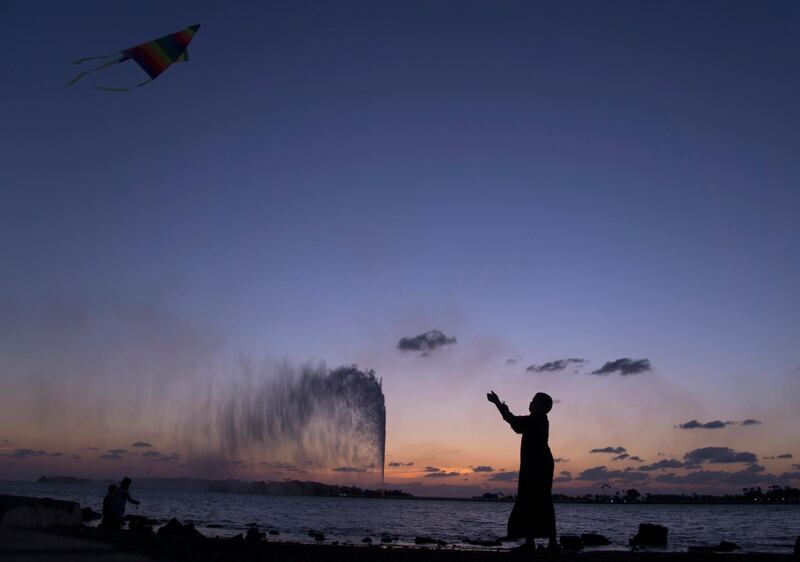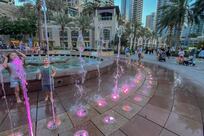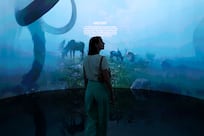With its shimmering blue waters, white sandy beaches and pristine coral reefs, the Red Sea is one of the world’s major tourist destinations. But the tourist footfall thus far has been concentrated on the so-called Red Sea Riviera on Egypt’s eastern coastline. This may soon change. Saudi Arabia on Monday announced ambitious plans to transform a 200-kilometre stretch of its coastline into a tourist haven. The development will feature luxury hotels, residences and wellness centres. Fifty natural islands will form part of the project.
This Red Sea development is at the heart of Saudi Arabia’s Vision 2030 economic plan that seeks to diversify the kingdom’s economy and reduce its reliance on revenues from hydrocarbon exports. The tourism project is being financed by the Public Investment Fund, Saudi Arabia’s sovereign wealth fund. Work on the first phase is scheduled to be completed as early as 2022. Riyadh believes it will create 35,000 new jobs and bring in annual revenues of 15 billion riyals (Dhs14.7bn). The developed coastline is likely to be a semiautonomous region, with a freer visa regime for travellers. Saudi Arabia’s cultural and natural heritage — the ruins of Madain Saleh, a Unesco world heritage site; protected coral reefs; dormant volcanoes; and a wildlife reserve that’s home to Arabian falcons leopards — will be opened to tourists.
The overhaul of the Saudi economy is being supervised by Crown Prince Mohammed bin Salman, who heads the PIF. His decisive implementation of Vision 2030 is an emphatic rejoinder to the argument that reforms in the kingdom are too glacial. In addition to providing seed capital to the Red Sea development project, the PIF has invested in an entertainment city outside Riyadh. The 334-sq-km city, roughly the size of Los Angeles, will feature a safari park, entertainment avenues and sporting facilities. The new city, the first of its kind in the world, will not only provide recreational opportunities for Saudi Arabia’s own citizens, it will also lure outsiders.
Vision 2030 is a comprehensive roadmap for the kingdom’s future. It aspires, among other things, to improve government efficiency, make the country more competitive, deliver better services to its citizens, and create the conditions for a harmonious and self-confident society. Vision 2030’s success is predicated on the performance of the economy as Saudi Arabia moves away from its dependence on oil. The Red Sea tourism project is the most public symbol of this momentous shift. The waters were once a source of tension between Cairo and Riyadh, but the decision by president Abdul Fatah al-Sisi in June to ratify a treaty transferring the disputed islands of Tiran and Sanafir to Saudi Arabia has calmed the waters. The development of the Red Sea coastline is a promising start to Vision 2030.





